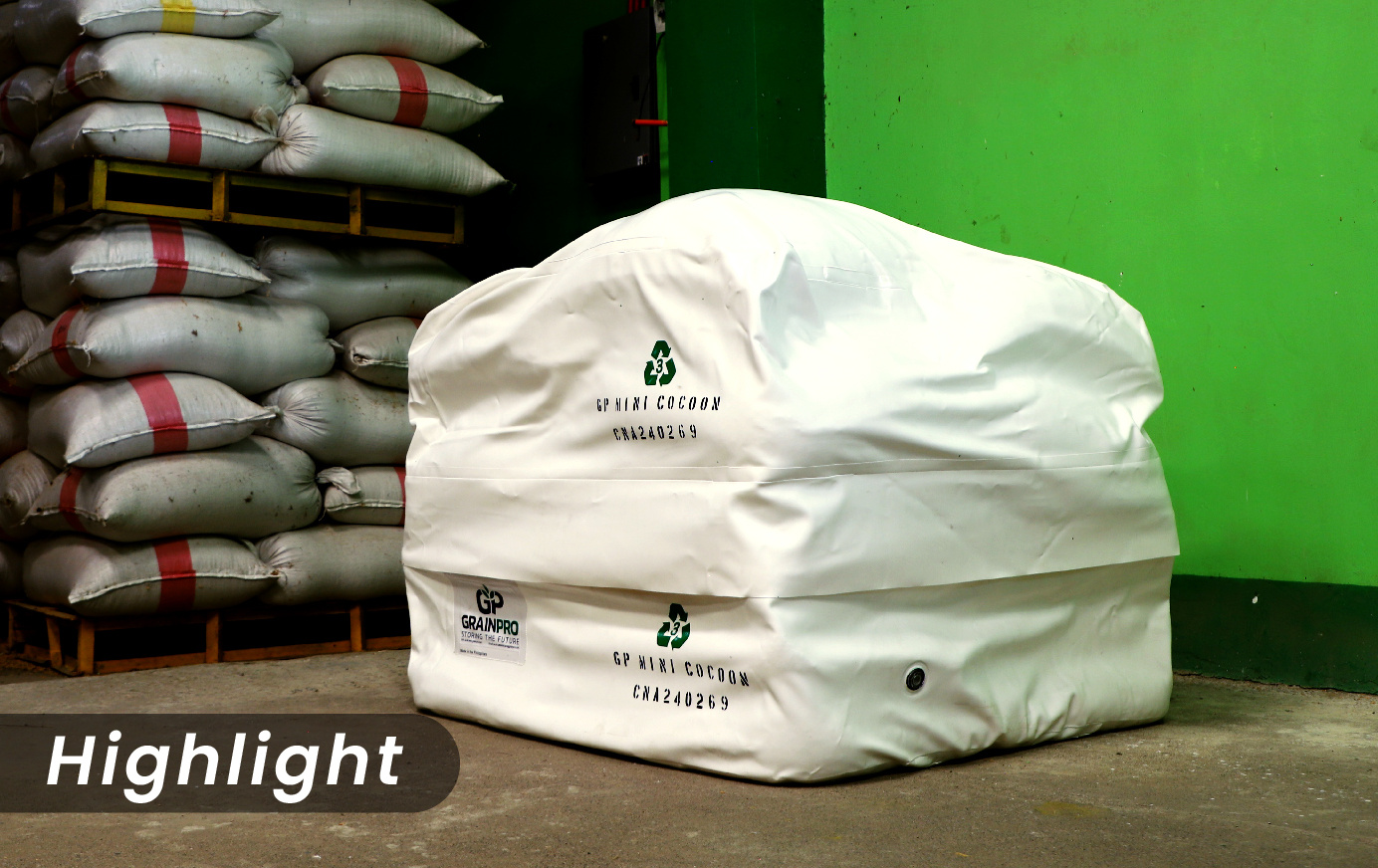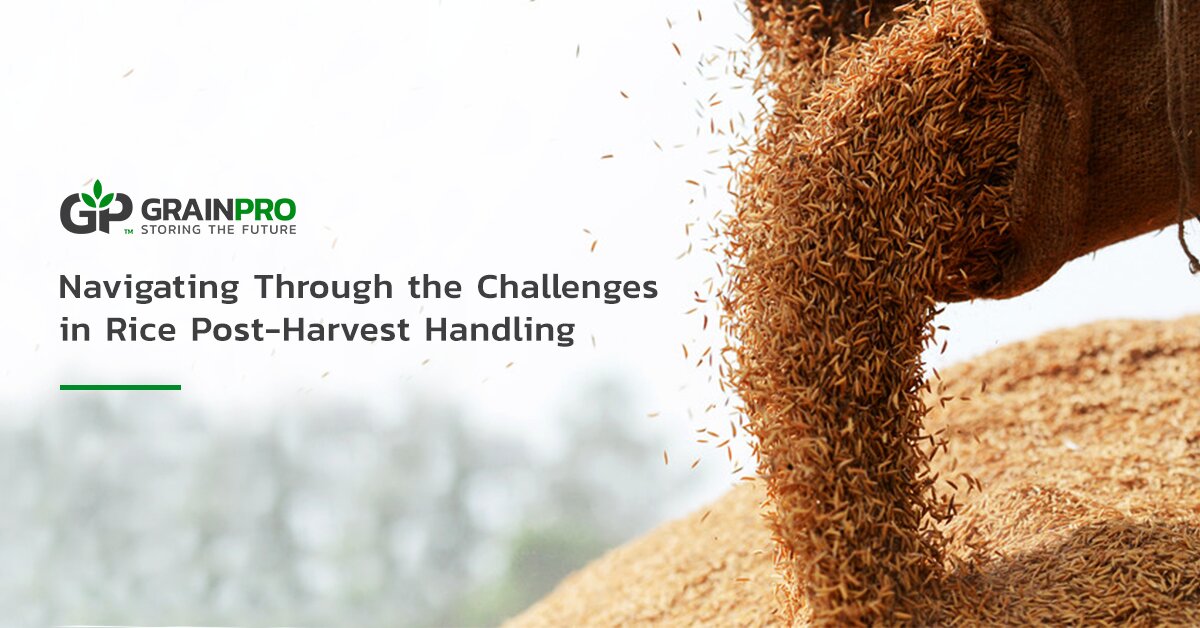Rice is one of the most important food crops for many countries around the globe. Around 60% of the world’s population depends on it for daily sustenance. Rice is especially important in the East and Southeast Asian regions, where it is a dietary staple. Unfortunately, even though rice is regarded as such, a large portion of it still goes to waste due to challenges in post-harvest handling and management.
According to the United Nations’ (UN) Food and Agriculture Organization (FAO), approximately 30 to 40% of total production can be lost before reaching the market, due to several challenges, including improper use of and lack of facilities for proper storage, processing and transportation of commodities. The losses can be as high as 30% for crops. To help prevent all these, take a look at some challenges in said stages of rice post-harvest, and learn how you can navigate through them.
Drying the paddy
Among the common challenges cited by FAO when it comes to rice post-harvest handling is “rudimentary drying”. Drying is a critical process where grains’ moisture is reduced so that these are ready for storage. Any issue in drying can result in discoloration, mold growth, and ultimately, loss of grains. Proper drying, meanwhile, can result in proper storage of the world’s most important crop. Two factors should be considered for drying successfully, namely: moisture content and unpredictable weather.
Moisture content
To understand how to properly dry rice, it is important to know and monitor its moisture content. Farmers usually harvest rice with a grain moisture of 24 to 26%. Then, they need to dry it up to 14% or less in order to be prepared for storage. It is important to be specific on measuring the moisture of the grains before storage. Ineffective measurements of moisture content can lead to extra drying costs and a loss of grains both in quantity and quality..
Take note, though, that monitoring and preventing extra moisture content in your crops doesn’t end in the drying phase. You also have to do this during the storage stage.
Unpredictable weather
Traditional drying methods, such as sun drying, are still being used today. However, these methods are not immune to the effects of inclement weather. Rice is susceptible to the changes in its environment. The grains can easily release and reabsorb moisture. The unpredictability of weather can result in the rewetting of rice. This could, in turn, lead to spoilage, discoloration, or mold growth.
To navigate through the challenge of unpredictable weather, use a drying system that can protect the paddy from rains and sudden changes in weather as well. Moreover, consider a drying system with reliable drying times despite the changes in weather and environment.
Related: 6 Tips on How to Dry Grains, A Basic Guide
Storing rice
The challenge doesn’t stop with the drying of grains. It is crucial to consider and invest in a suitable and reliable grain storage system. Grains need to be stored properly to prevent loss due to moisture, microorganisms, insects, pests, and unpredictable weather.
Moisture and changes in weather
As mentioned earlier, rice should be at a proper moisture level before these are stored to avoid loss. But monitoring moisture content shouldn’t stop there—rice moisture content should be maintained even during the storage period. Remember that rice is susceptible to changes in its environment. Moisture can be absorbed from the surrounding air. In addition to the air, sudden rains can also influence the moisture content of rice.
To solve these problems, make sure to utilize a storage system that is air-and-moisture tight. This will protect your grains from imbibing moisture and re-wetting. This will also inhibit the growth of molds, and maintain the quantity and quality of the grains.
Insects and pests
Aside from moisture and inclement weather, insects and pests also play a destructive role in rice post-harvest management and handling. Many losses are due to insects feeding on the stored grains. They can also contaminate and cause spoilage to your paddy or grain. These pests could have been present before storage, or entered the storage system.
Fortunately, an effective storage system can keep insects and pests away from the valuable crop. with its reliable and air-tight build. An air-tight and moisture-tight system can also provide a safe way of pest control without the use of chemicals through its controlled environment.
These examples are just a glimpse of the many challenges in rice post-harvest management and handling. However, producers, traders, and handlers need not worry, as there are also a number of effective and affordable solutions that can help protect their commodities before, during, and after post-harvest.
GrainPro’s solutions use hermetic technology in drying, storing, and transporting commodities such as rice. Hermetic solutions are proven to help improve post-harvest handling and management of commodities by protecting them against insect infestation, mold growth, inclement weather and more.
Click the button below to learn more about GrainPro’s post-harvest handling and storage solutions.
Date Published: January 7, 2019





